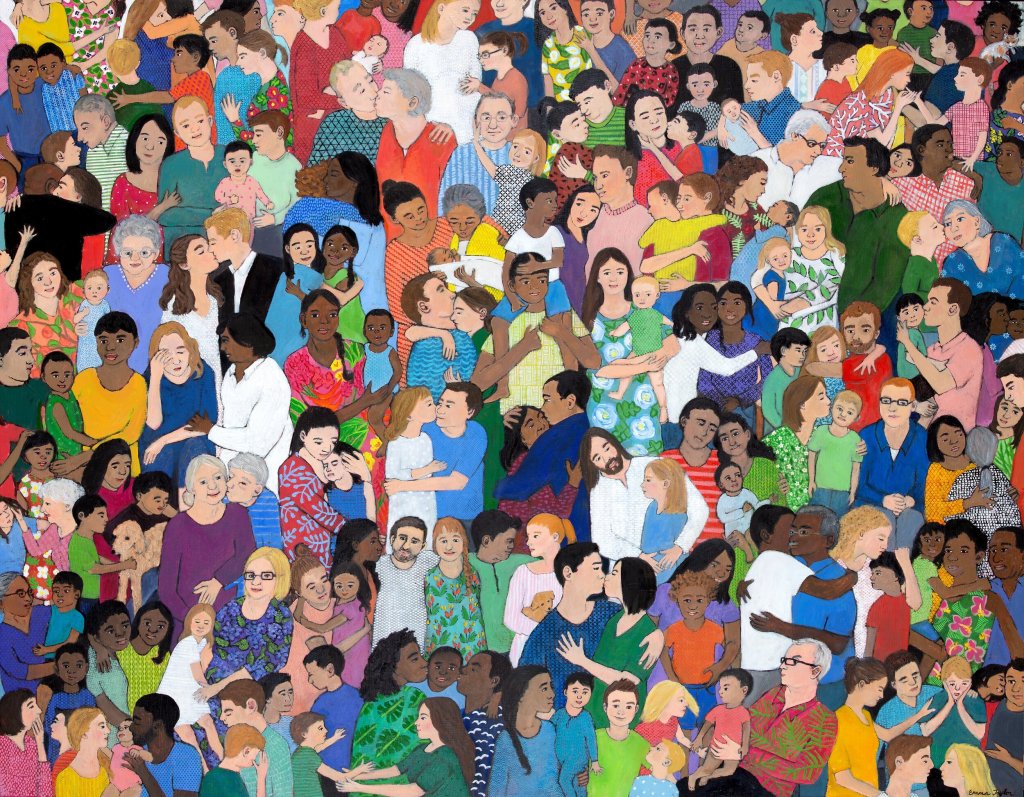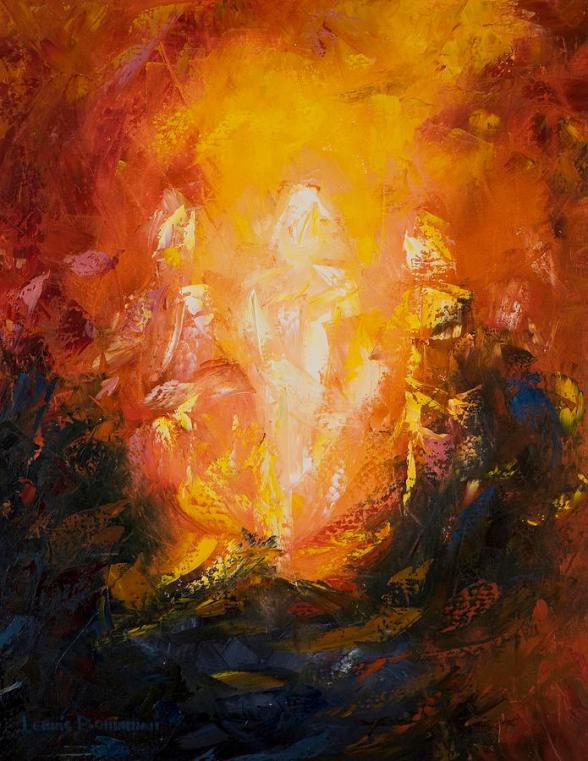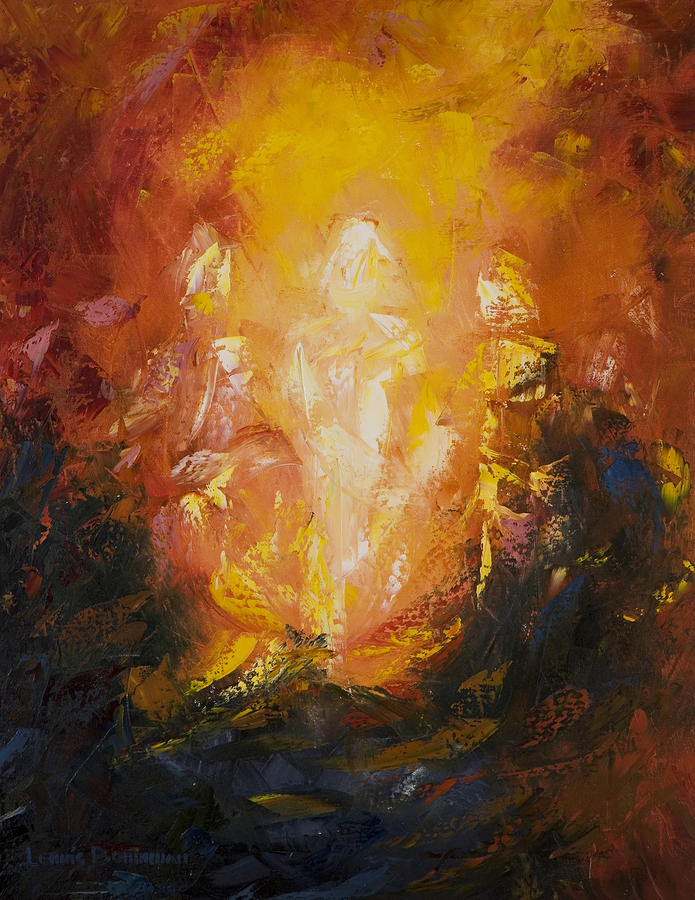Click here to listen to the audio recording of this 14-minute message. Or watch the video here (the message starts about 26 minutes into the recording). Or read the text summary below.
This sermon is the first in a series of five on the Lent theme, “Love one another”. This theme is part of a larger theme on ‘Identity’, which our Diocese is focusing on this year – who are we as Christians, as the church? Within this broad theme of Identity, our parish is focusing on Jesus’ command to ‘Love one another’. And today, our particular focus is on the primacy of love.
Our Gospel reading for today (John 15: 1-17) has a strong emphasis on remaining in Christ as he remains in his Father and in us, and on remaining in Christ’s love, as he remains in his Father’s love. This passage ends with, “This is my command: Love each other!” (John 15:17). It echoes an earlier passage (John 13:34) where he says, “A new command I give you: love one another”. This is a repeat of his Great Commandment (Matthew 22, Mark 12 and Luke 13): to love God with all you have, and to love your neighbour as yourself.
About this Great Commandment, Jesus says, hang all the law and the prophets. Gal 5:14 echoes this, “The entire law Is summed up in a single command: love your neighbour as yourself.” And Romans 13:9 similarly says, All the commands and “whatever other command there may be are summed up in this one command: Love your neighbour as yourself. … Therefore love is the fulfilment of the law.” You can hear that this command is repeated again and again across the New Testament.
In addition to the command to love one another, there are dozens of other passages in the New Testament that speak about ‘one another’ or ‘each other’ and they all seem to refer to our relationships with people within the church – with other Christians, in the household of faith. There is supposed to be a special bond of love among Christians. As Jesus says in John 13:35, “By this [love that you have for one another], everyone will know that you are my disciples, if you love one another”. We are what Paul later describes as the Body of Christ in 1 Corinthians 23.
The big question is: Are we exemplifying this kind of love for one another here in our church?
This love that Jesus talks about incessantly is more than just behaviours; it is our very identity. Deut 6:6-9 unpacks how the great command of God, to love God with all your heart and with all your soul and with all your strength, is to become the very fabric of life: “The commandments that I give you today are to be on your hearts. Impress them on your children. Talk about them when you sit at home and why you walk along the road, when lie down and when you get up. Tie them as symbols on your hands and bind them on your foreheads. Write them on the doorframes of your houses and on your gates.”
You can hear from this how central the Great Commandment is to God. It is a summation of the entire law, because it is the primary value of God. In Jesus, the command to love each other is the summation of God’s revelation to humanity and his central and persistent message. This love for each other reflects the very heart of God. We are called to develop a culture of love – a pattern of living that is deeply embedded in our habitual practices as a community. Our love for one another here in the church should be so engrained that we barely think about it.
There is a lot of caring in this church, but I think we are not yet living up to Jesus’ example and expectations. During this Lent we want to immerse ourselves in this central teaching of Jesus and this central value of God. Let us become deliberately conscious and mindful of how we interact with each other, and purposefully work to be more loving and more caring towards each other.

Featured image, “Love One Another”, by Emma Taylor, from https://www.emmapaints.com/shop/ski5coarmeyb8vhyk7uo4b0prs6wmq




